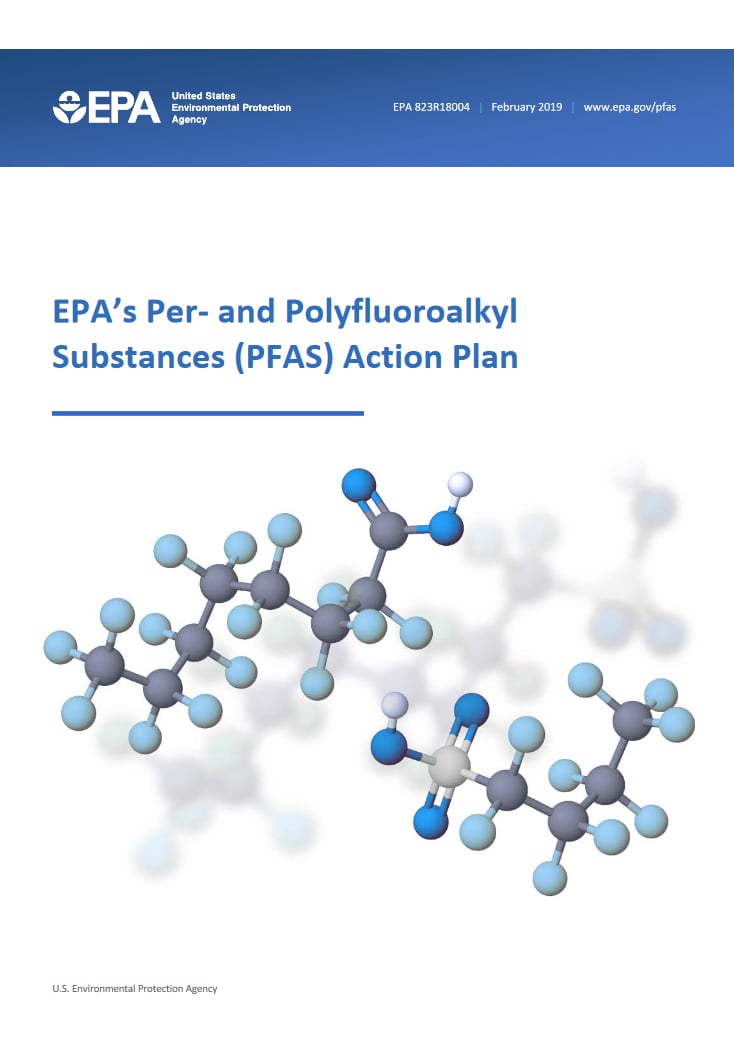PFAS Regulations
Almost everyone agrees that there should be some regulations regarding the use of PFAS and controlling PFAS contamination, but that's where the consensus ends. There is very little agreement between industry and governments (state and federal) on which PFAS should be regulated and what limits are acceptable.
To ensure compliance with PFAS regulations and guidance in your area, you need to look at how PFAS is controlled by three main entities:
To understand the EPA's approach to PFAS control, the best references are the 2019 PFAS Action Plan and the 2020 Program Update.
Download the 2020 Program Update
How the EPA's Action Plan is Assisting States

Although enforceable limits are not anticipated until 2024, the EPA has issued health advisories and other statements designed to help protect the public health.
Drinking water health advisories for PFOA and PFOS
Interim Recommendations for Addressing Groundwater Contaminated with PFOA and PFOS

There are also a number of programs and laws on the books, which authorize the EPA to take action designed to curb chemical contamination.
Many of these have been expanded to include PFAS.
The EPA’s Unregulated Contaminant Monitoring Rule (UCMR) requires Public Water Systems (PWS) to report data regarding contaminants suspected to be present in drinking water but that do not have health-based standards set under the Safe Drinking Water Act (SDWA). PFAS were first included in UCMR 3. UCMR 5 is expected to be finalized in late 2021 and to include additional PFAS in the list of monitored contaminants. For the latest on the status of UCMR 5, visit our dedicated UCMR page or sign up for email updates.
The Safe Drinking Water Act (SDWA) authorizes the EPA to set standards for contaminants in public drinking water. In addition to adding PFAS to the UCMR, the EPA restated its commitment to setting enforceable standards for PFOA and PFOS in the PFAS Action Plan Program Update.

Pace Analytical® has been an industry leader in persistent organic pollutant testing for over three decades, and we were one of the first commercial laboratories to analyze for PFAS compounds.

Pace maintains certifications and accreditations in every state that offers or requires them. We're also certified/accredited by NELAC, ISO, the Department of Defense (DoD), and the Department of Energy (DOE).

The Pace Rapid Response Team can quickly respond to any emergency. Our team will coordinate sample container delivery, assist with technical information needed onsite, and ensure samples are delivered as quickly as possible to the appropriate Pace laboratory. In many cases, we can provide PFAS results in as little as 24 hours.

Our mobile lab is the only certified mobile lab in the industry capable of analyzing PFAS in the single-digit, parts-per-trillion range. This lab can identify PFAS plumes and source areas and provide fully defensible data, often with same-day results and at a lower cost than expedited services at other labs.